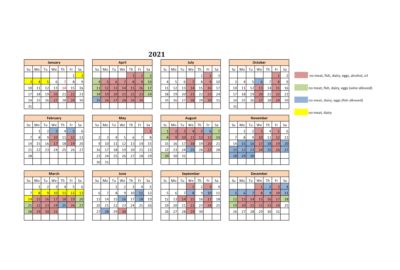Gluten Continue….
Gluten is a protein, a protein with unique properties: it is elastic and stable at the same time. Long protein strands are formed when a dough from wheat flour is long strands kneaded. Due to the elasticity and stability of the gluten, it gives bread and pastry its consistency. Therefore without gluten, it would be impossible to make our traditional bread and rolls, croissants and cakes. Gluten is composed of proteins from two groups: the prolamins and the glutelins. Wheat gluten consists of gliadin and glutenin, rye gluten of secalin and secalinine and so on. The gluten only develops when these proteins combine with moisture. For example, when you stir wheat flour with water and knead it.
Although gluten is used, strictly speaking, only the gluten component gliadin is controversial. When researchers write about gluten intolerance or celiac disease, they mostly refer to gliadin alone. Gliadin can damage the intestine in some instances. We only know approximately how and when this happens: Gliadin activates the zonulin signaling pathway, thereby increasing the permeability of the intestinal barrier. Patients with celiac disease or gluten intolerance are more sensitive to this change than others.
Bowel disease as the cause of other diseases, such as celiac disease, can go undetected for years. Some people can not digest gliadin, and that contributes to the risk of the disease. Note however that not even Gliadin the source of the disaster. It’s all about sequences of amino acids that make up this protein, that is, certain parts of gliadin, thus not every gluten is affected.
Celiac disease affects on average less than one percent of people worldwide. The medical literature writes of symptoms such as weight loss, diarrhea, vomiting, loss of appetite, fatigue, depression, and failure to thrive in childhood due to inflammation of the intestinal mucosa.
The existence of gluten sensitivity is still controversial for various reasons:
Certain intestinal bacteria can process gluten. Well cared guts and intestine can digest gluten without difficulty. It suggests that we need the right probiotics in our stomach (read about probiotics and sourdough).
Children show sometimes sensitivity can be caused by wheat allergy, which mainly affects the respiratory system and the skin. Usually, the conditions are outgrown by adulthood.
Commercial white wheat flours are processed and enhanced by chemical processes and chemicals, such bleaching and bromating of the flour. Bromated flour contains potassium bromate, which is a potentially cancer-causing chemical and thus prohibited in many European and Asian countries. In 1982, researchers in Japan published the first of a series of studies showing that potassium bromate causes cancer in the thyroids, kidneys and other body parts of rats and mice. So you need to consider that these ingredients can also cause problems in your intestines.
Unbleached enriched flour is fortified with a variety of vitamins and minerals, making it slightly more nutritious, but whole-wheat flour still might be the healthiest overall choice.
Finally, keep in mind that keep in mind that when you eat commercial glutenfree food, you may want to check the label. You will notice that the there is a high content of refined sugars and saturated fats contributing to a higher glycemic index. It may not be your healthiest choice!



No Comments